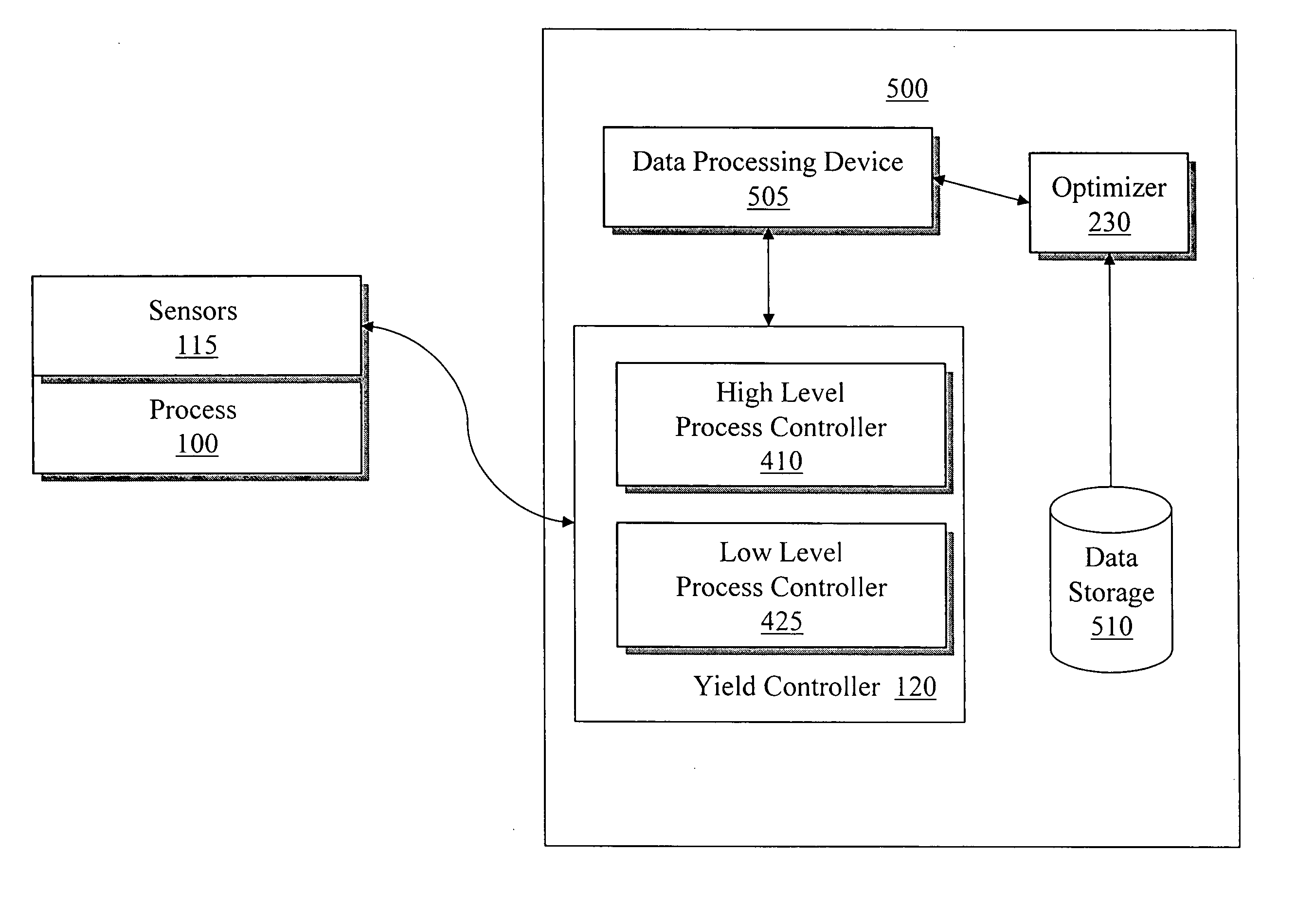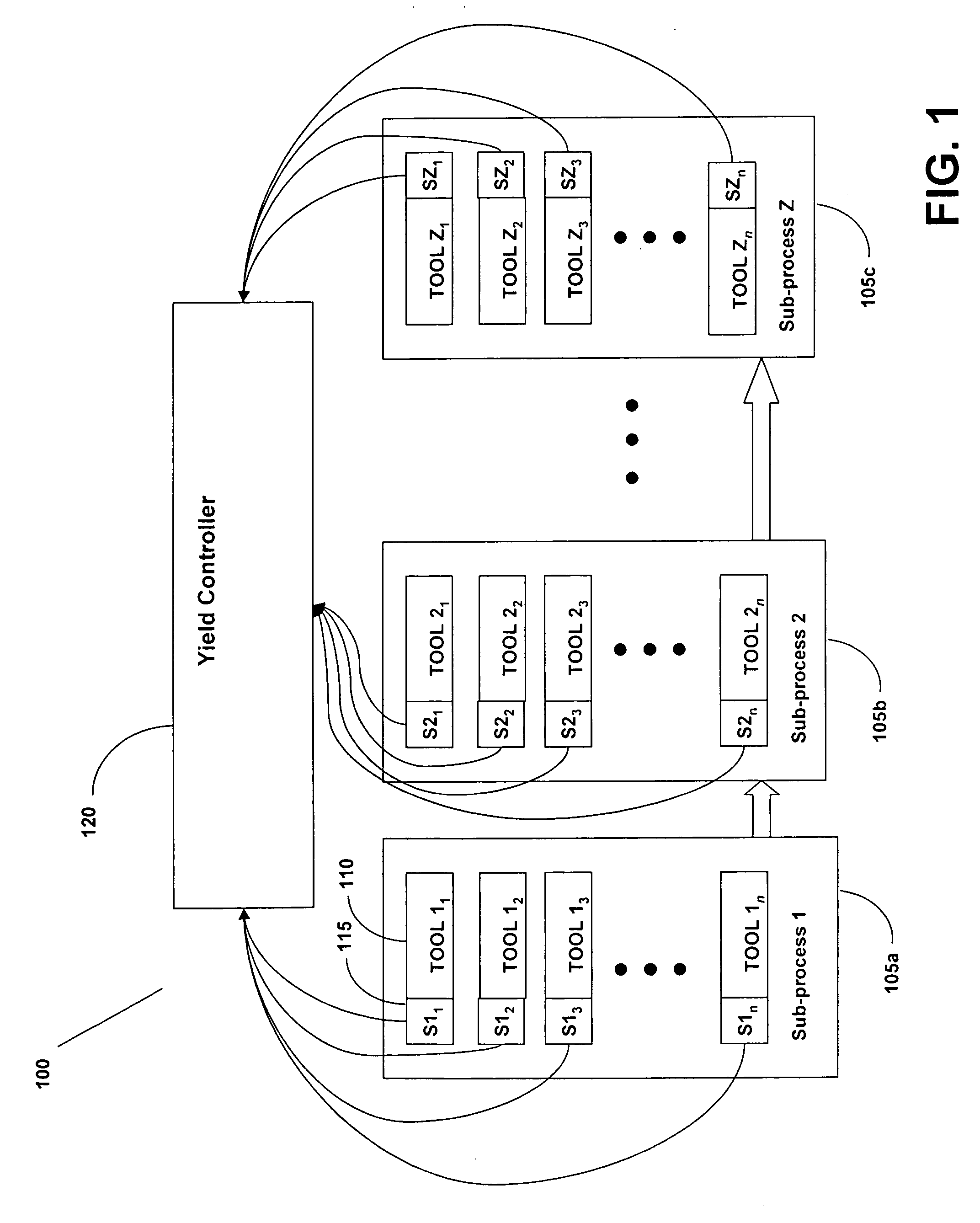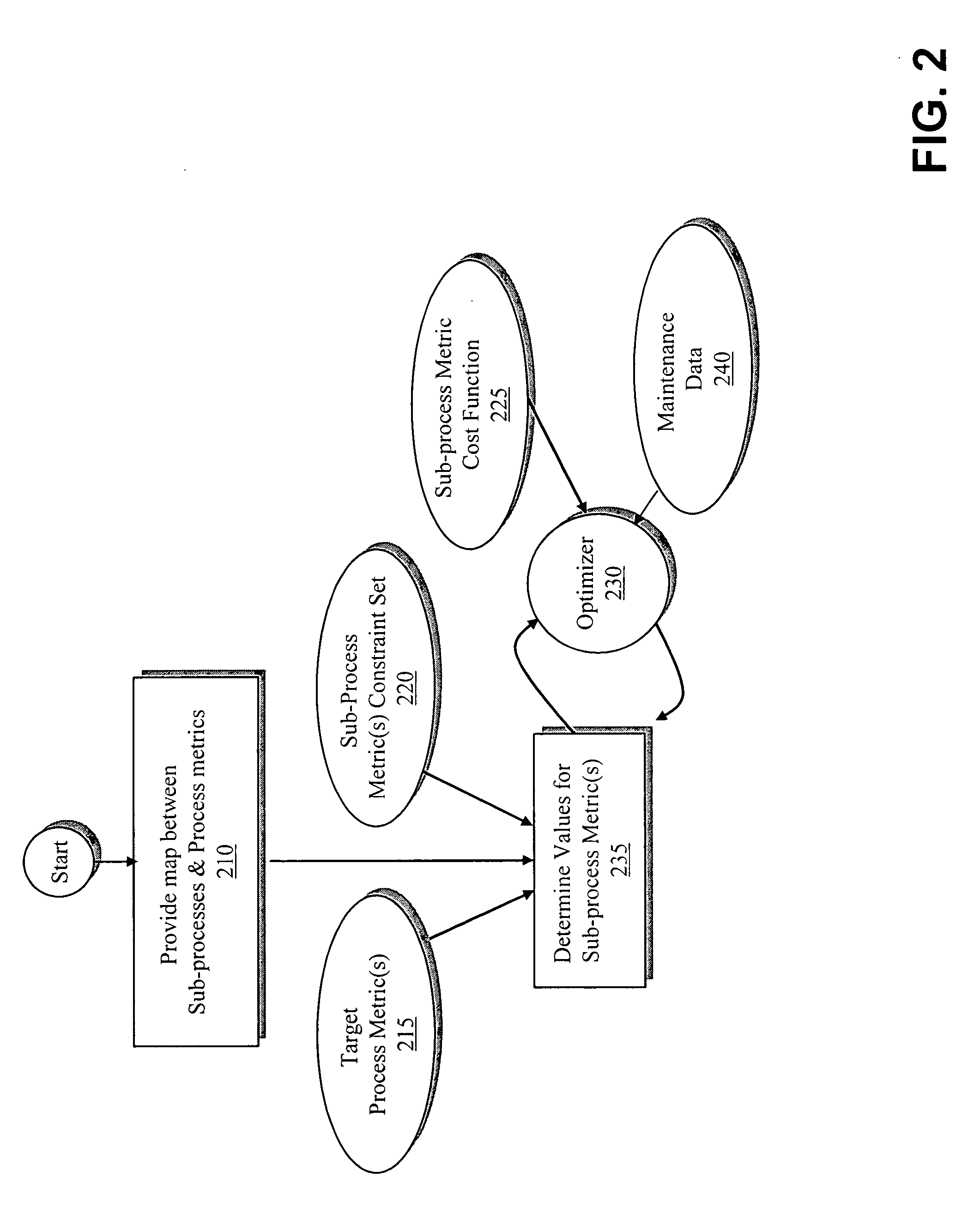Systems and method for lights-out manufacturing
a manufacturing system and light-out technology, applied in the field of manufacturing and process control, can solve the problems of limiting the ability of the manufacturing team to cope with changing situations, difficult to achieve these goals, costly and time-consuming, etc., and achieve the effect of maximizing the process performan
- Summary
- Abstract
- Description
- Claims
- Application Information
AI Technical Summary
Benefits of technology
Problems solved by technology
Method used
Image
Examples
process example
Integrated Circuit Fabrication Metalization Process Example
[0111] An illustrative description of the invention in the context of a metalization process utilized in the production of integrated circuits is provided below. However, it is to be understood that the present invention may be applied to any integrated circuit production process including, but not limited to, plasma etch processes and via formation processes. More generally, it should be realized that the present invention is generally applicable to any complex multi-step production processes, such as, for example, circuit board assembly, automobile assembly and petroleum refining.
[0112] The following example pertains to a metalization layer process utilized during the manufacture of integrated circuits. Examples of input variables for a non-linear regression model of a metalization process or sub-process are listed in the following Table 1, and include sub-process operational variables “process variables” and “maintenance...
PUM
 Login to View More
Login to View More Abstract
Description
Claims
Application Information
 Login to View More
Login to View More - R&D
- Intellectual Property
- Life Sciences
- Materials
- Tech Scout
- Unparalleled Data Quality
- Higher Quality Content
- 60% Fewer Hallucinations
Browse by: Latest US Patents, China's latest patents, Technical Efficacy Thesaurus, Application Domain, Technology Topic, Popular Technical Reports.
© 2025 PatSnap. All rights reserved.Legal|Privacy policy|Modern Slavery Act Transparency Statement|Sitemap|About US| Contact US: help@patsnap.com



